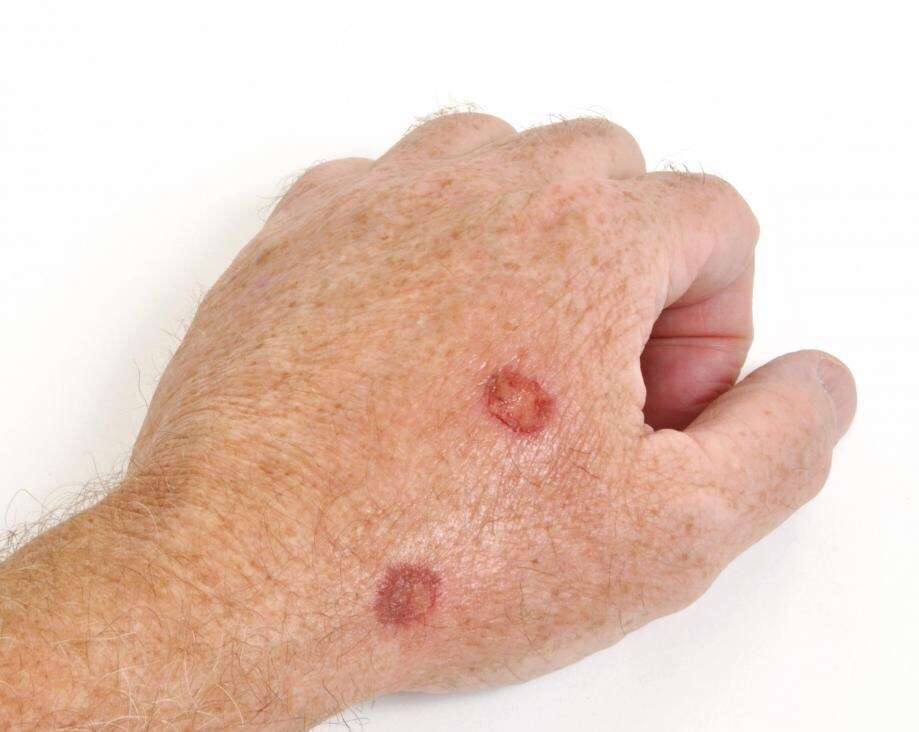At Dr. Tayyab saleem malik clinic (Cosmetic Enclave)
Scalp cancers refer to the development of abnormal growths or tumors on the scalp, which is the skin covering the top of the head. These tumors can be either benign (non-cancerous) or malignant (cancerous), and they can arise from different types of cells in the skin or underlying structures of the scalp.
Here are some key points about scalp cancers:
- Types of Scalp Cancers: Scalp cancers can include various types, such as:
- Basal Cell Carcinoma (BCC): BCC is the most common type of skin cancer on the scalp. It typically appears as a raised, pink or pearly bump on the skin. BCCs usually grow slowly and rarely spread to other parts of the body.
- Squamous Cell Carcinoma (SCC): SCC is another type of skin cancer that can develop on the scalp. It often appears as a firm, red nodule or a scaly, crusted patch on the skin. SCCs have a higher risk of spreading to nearby lymph nodes or distant sites compared to BCCs.
- Melanoma: Although less common, melanoma can also develop on the scalp. Melanoma usually presents as an irregularly shaped mole or dark spot that may change in size, shape, or color. Melanoma has a higher risk of spreading to other parts of the body and requires prompt medical attention.
- Risk Factors: Several factors can increase the risk of developing scalp cancers, including:
- Prolonged exposure to ultraviolet (UV) radiation from the sun or tanning beds.
- Fair skin that burns easily and tans poorly.
- Previous history of skin cancer.
- Family history of skin cancer.
- Weakened immune system.
- Chronic skin inflammation or scars.
- Signs and Symptoms: The signs and symptoms of scalp cancers may vary depending on the type and stage of the cancer. Common signs include:
- A new growth or sore on the scalp that does not heal.
- Persistent itchiness, tenderness, or pain in the scalp.
- Changes in the color, size, or texture of a mole or existing lesion.
- Scalp ulcers or sores that do not resolve.
- Enlarged lymph nodes in the neck.
- Diagnosis: Diagnosis of scalp cancers typically involves a thorough examination by a healthcare professional, including a detailed inspection of the scalp and any suspicious lesions. If a scalp cancer is suspected, a biopsy may be performed to obtain a tissue sample for microscopic analysis by a pathologist.
- Treatment Options: The treatment of scalp cancers depends on various factors, including the type, size, location, and stage of the cancer. Treatment options may include:
- Surgical excision: The primary treatment for scalp cancers is often surgical removal of the tumor and a margin of healthy tissue around it. Reconstruction may be necessary, particularly for larger or more extensive removals.
- Mohs surgery: Mohs micrographic surgery is a specialized technique used to remove skin cancers with minimal damage to surrounding healthy tissue, making it particularly useful for tumors in sensitive or cosmetically important areas like the scalp.
- Radiation therapy: High-energy radiation can be used to target and destroy cancer cells in cases where surgery may not be feasible or as an adjuvant therapy to surgery.
- Chemotherapy or targeted therapies: These systemic treatments may be recommended for advanced or metastatic scalp cancers.
- Prevention and Follow-up: To reduce the risk of scalp cancers, it is important to protect the scalp from excessive sun exposure by wearing hats, using sunscreen, and seeking shade when the sun is strongest. Regular self-examination of the scalp and routine skin checks by a healthcare professional are crucial

